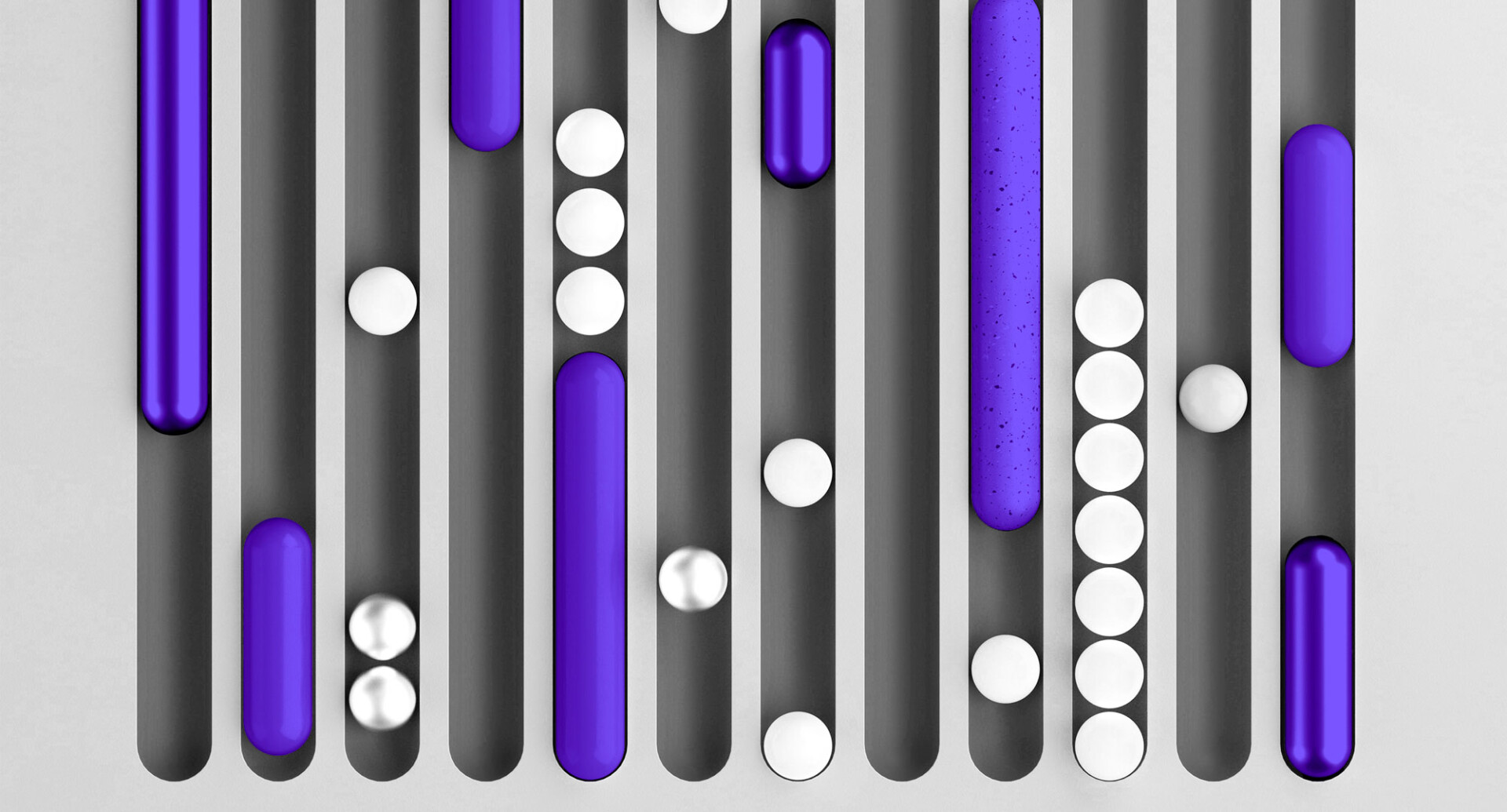Clinical Trial Managers have a lot to orchestrate during the study start-up phase. One of the most overwhelming aspects is setting up all the different systems that will be used to conduct the trial. Depending on the trial, the team may need up to 20 different systems, most of which will require some level of study-specific configuration.
Study teams rely on experts to help them set up each system to meet their protocol needs. Calyx IRT teams offer their expertise to CROs and sponsors, making recommendations on how the system should be set up to align with the protocol design. They know that words do not suffice when configuring a system though. Study teams, especially those who aren’t used to setting up an IRT, need to see the end result to be confident it matches their expectations.
Traditional IRT systems that rely on programmable implementation do not offer the ability to show the system as it is being built. With configurable systems like Calyx IRT, however, the team can show the system as it is being configured. The system itself becomes the center of specification discussions, instead of focusing on theoretical concepts that often do not mean much to trial teams.
With the right underlying architecture, the IRT vendor can even give the study team access to the system during the setup phase. Study teams can look around the system in their own time, allowing them to anticipate the alignment of system functionalities with end-user workflows, system understanding by non-expert users, and appropriate language usage.
Study teams experience the following benefits when seeing and interacting with the IRT system during setup:
- Minimized sponsor effort during specification: We see a reduction in the number of questions asked during the specification phase when the study team can see the system as it is being configured. It helps with their understanding of the impact of the decisions they make and helps them picture what the product will look like.
- Confidence that the system is as expected: Viewing and using the system early in the IRT setup process increases the study team’s confidence that the system will meet protocol requirements. Considering how stressful a trial start-up is, having confidence that a part of the start-up is covered helps study teams focus on other aspects that require their attention.
- Reduction in last-minute changes: Seeing the system reduces miscommunication or misunderstanding during the specification phase, which has a knock-on effect on the UAT phase. With traditional technology, the system is first discovered during UAT, by which time there is little time left to make extensive changes to the IRT. Seeing it upfront results in smoother UAT and reduces the number of change requests raised late in the setup process.
- Streamlined UAT: getting access to the system during setup allows study teams to write their UAT scripts knowing what the system looks like. It reduces the number of script errors that are traditionally discovered during UAT execution.
















